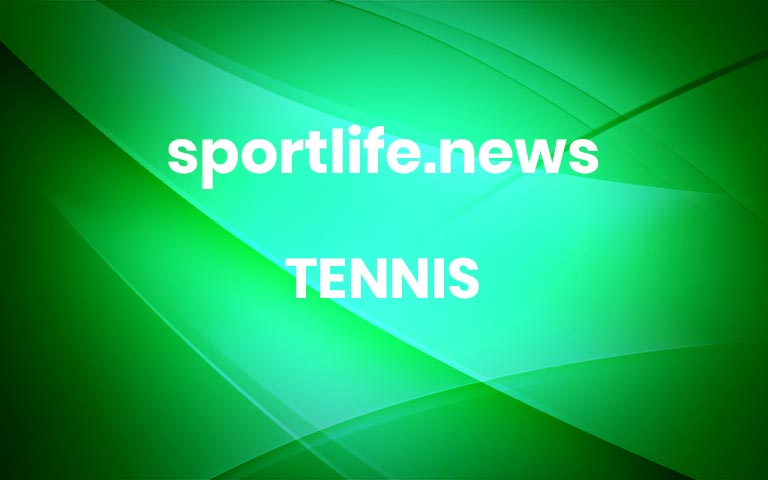Naomi Osaka Says She Won’t Talk to Journalists at the French Open
Citing mental health concerns, the world No. 2 wrote on Instagram Wednesday that she will accept any fines levied for not making herself available to reporters.Naomi Osaka, the four-time Grand Slam singles champion, announced Wednesday that she will not do any news conferences at the French Open because she said they can too often be damaging to the mental health of tennis players.Osaka, 23, is one of the game’s biggest stars. She made the announcement on Instagram four days before the start of the year’s second Grand Slam.Osaka said she had watched too many players break down during news conferences and leave the dais in tears. She said the process felt to her like “kicking a person while they are down.”“If the organizations think they can keep saying, ‘do press or you’re going to get fined,’ and continue to ignore the mental health of the athletes that are the centerpiece of their cooperation then I just gotta laugh,” Osaka wrote. She said she would accept any fines levied against her for skipping the news conferences and requested that the funds be donated to a charity dedicated to mental health.Spokespeople for the WTA, the women’s professional tennis tour, and the French Open were not immediately available for comment.Osaka made an estimated $55 million last year in prize money and endorsements.She is hardly the first athlete to decline to speak with the press. The N.F.L.’s Marshawn Lynch often refused to speak with reporters when he was a star running back with the Seattle Seahawks. He famously sat in front of microphones and refused to engage questions ahead of the Super Bowl following the 2014 regular season. He garnered tens of thousands of dollars in fines during the playoffs that year.Ted Williams, the Hall of Fame baseball player who played his entire career with the Red Sox, also had an icy relationship with the Boston media and did not grant interviews for extended periods.While some tennis tournaments have different rules, in general players must appear at a post-match news conference at a Grand Slam event if a journalist requests their presence, whether they win or lose. Fines for refusing are often little more than a few thousand dollars. In 2015, Venus Williams was fined $3,000 for skipping a news conference after a loss at the French Open. She and her sister, Serena, were fined $4,000 each in 2010 for skipping a news conference at Wimbledon.The French Open takes place on clay, which is considered Osaka’s worst surface. She is not expected to win the tournament and could be upset in an early round. She has never made it past the third round in Paris.Attending a news conference, regardless of the outcome of a match, is considered an obligation tennis players fulfill to promote their sport, which has struggled to maintain coverage in some markets in recent years as the budgets of news organizations have been slashed.Billie Jean King, the Hall of Fame player who helped create the women’s pro tour, has spoken about visiting the sports editors in the markets in which she played to beg them to send sportswriters to cover matches during the tour’s early years and the importance of players speaking with the press to promote the sport.“I like writers,” King said during a recent interview. “Always have.”Osaka’s announcement comes three months after Serena Williams left a news conference in tears following a loss at the Australian Open. Williams left the podium following an innocuous question from a veteran Australian tennis journalist about her level of play and her unforced errors after a semifinal loss to Osaka, who later won the tournament.“I don’t know. I’m done,” Williams said before abruptly leaving the room.It is not clear whether Osaka will also refuse to do television interviews on the court after her matches. Those interviews have become a staple of Grand Slam play and are generally not confrontational. Except in the finals, only the winner of the match is interviewed for television on the court.The question now is whether any players will follow Osaka’s lead and whether tennis officials will accede to her pressure and change the requirements.Osaka is one of the most influential players in the world. Last year, tennis officials suspended play at the Western & Southern Open, a United States Open tuneup, after Osaka announced that she would default her semifinal match to draw attention to the issue of police violence against Black people following the shooting of Jacob Blake in Kenosha, Wis.The suspension of play, a move that several sports undertook as athletes threatened a boycott, allowed Osaka to remain in the tournament. She won her postponed semifinal match and then defaulted the final because of an injury.Days later, she began her triumphant quest to win her second U.S. Open championship. She walked to the court for each match wearing a mask with the name of a different person of color who had been a victim of racist violence.In general, Osaka has a cordial relationship with the press, though she keeps journalists, especially those she does not know, at a distance and rarely grants interviews, even to the biggest news organizations, though she has become a staple of fashion magazine covers. She said her decision to skip news conferences was not a personal attack on the French Open or the handful of journalists who have interviewed her since her younger years, “so I have a friendly relationship with most of them.” More


